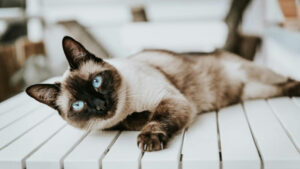
Folding vs. Modular Cat Wall Shelf: A Comprehensive Comparison
Enhancing your cat’s indoor experience with a cat wall shelf not only provides them with a vertical space to explore but also serves as a

The first thing any cat owner thinks about when hearing the cat wall shelf is how it will entertain their furry friend. But beyond amusement, safety is paramount.
This blog dives into the nuances of designing a cat wall shelf that is not only a playground for your cat but also a secure environment. We’ll explore the essential safety features that every DIY enthusiast should consider.
Before we jump into the specifics, let’s set the foundation for a safe cat wall shelf. Planning is crucial to ensure that your design is not only aesthetically pleasing but also secure and functional for your cat.
From selecting the right materials to considering the layout and accessibility, every step is vital in creating a secure setup that your cat can enjoy without any risks.
The choice of materials is the first step towards a safe cat wall shelf. Opt for durable, non-toxic materials that can withstand the wear and tear of cat claws.
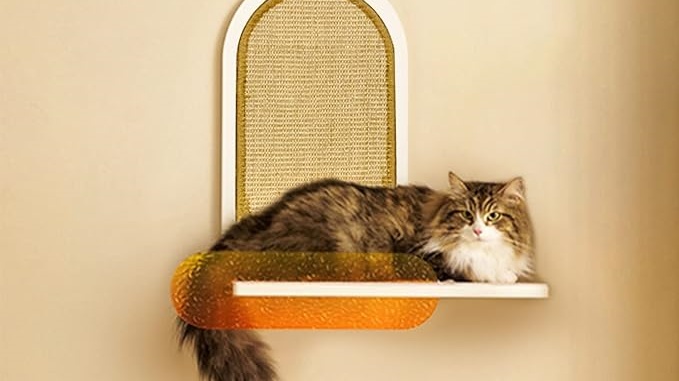
This ensures longevity and safety, preventing any harm to your cat. Consider materials like solid wood or metal for the structure and use natural, pet-safe finishes to avoid any chemical exposure.
The goal is to create a cat wall shelf that not only looks great but is also free from any potential hazards that could harm your furry friend.
By prioritizing safety through material selection, you’re laying a solid foundation for a secure and enjoyable play area.
A cat wall shelf must be stable and strong to support the weight and activities of your cat. Incorporating robust brackets and secure wall anchors will keep the shelves firmly in place. It’s important to consider the dynamic nature of cats-they jump, climb, and sometimes crash into things.
Therefore, your design must account for this by ensuring that every component can handle the stress. Evaluate the weight capacity of your shelves and reinforce them if necessary.
This might mean choosing heavier-duty brackets or adding more support points along the wall. Remember, a sturdy cat wall shelf is one that stays intact no matter how playful your cat gets.
Layout and accessibility are crucial for a cat’s safety and enjoyment. Ensure the shelves are spaced appropriately, allowing easy access while preventing falls.
Incorporate ramps or steps for kittens or older cats. The design of your cat wall shelf should cater to the agility and mobility of your cat, providing them with a challenging yet navigable playground.
Think about creating multiple access points and paths to explore, encouraging natural climbing and jumping behavior.
But also, be mindful of less agile cats and include features that accommodate their needs, ensuring that your cat wall shelf is inclusive and safe for all.
Now that we have a plan in place, let’s delve into the essential safety features that should be an integral part of your cat wall shelf design. These features are not just additions but fundamental components that ensure the well-being of your pet.
Sharp edges and corners pose risks to playful cats. Adding soft padding or rounded edges can prevent injuries, making the cat wall shelf safer for active play.
When cats leap and bound across their aerial playground, the last thing you want is for them to get scratched or injured on a sharp corner. Using furniture-grade foam or soft, rounded moldings can mitigate these risks.
This simple yet effective measure adds an extra layer of safety, ensuring that your cat’s adventurous spirit is not dampened by avoidable injuries.
Plus, it gives you peace of mind knowing that every precaution has been taken to protect your beloved pet.
The integrity of attachment points cannot be overstated. Using heavy-duty fasteners ensures your cat wall shelf remains securely anchored, no matter how energetic your cat gets. This is about understanding the forces at play when your cat jumps onto or off the shelf.
Ensuring that each shelf is anchored with the appropriate hardware for your wall type—be it drywall, plaster, or brick—is critical. Don’t skimp on quality here; the safety of your cat wall shelf depends on these crucial points.
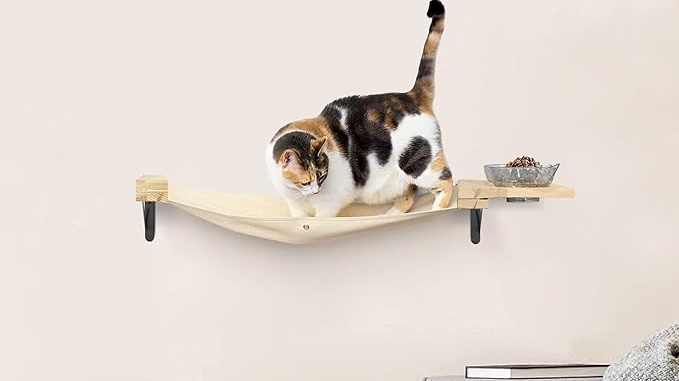
Regularly check these attachments for any signs of wear or loosening and tighten them as needed. A secure shelf is a safe shelf.
Cats need space to move, jump, and rest. Design your cat wall shelf with ample room between levels, avoiding overcrowded or cramped areas. This consideration is about more than just physical safety; it’s about creating a stimulating environment where your cat can express natural behaviors.
Space for movement encourages exercise, reducing the risk of obesity and related health issues. Ensure each level has enough space for your cat to stand, turn around, and lie down comfortably.
By doing so, you’re not just building a cat wall shelf; you’re crafting a haven for your cat’s physical and mental well-being.
With our plan detailed and essential features outlined, let’s discuss how to effectively implement these safety measures in your cat wall shelf project.
Proper installation is key to the safety of your cat wall shelf. Follow detailed instructions for securing shelves and ensure that all components are tightly fastened.
This step is where your planning comes to fruition. Take your time to measure twice and install once, ensuring everything aligns perfectly.
Use a level to verify that shelves are straight, as uneven shelves can lead to instability and potential falls.
If you’re unsure about your ability to securely install the shelves, don’t hesitate to seek professional help. The goal is to create a safe space for your cat, and sometimes that means calling experts.
Even the most securely built cat wall shelf requires regular checks. Inspect your setup periodically for any loose components, wear, or damage. This ongoing commitment to maintenance is what keeps your cat wall shelf safe over time.
Natural wear and tear can loosen fasteners and degrade materials, so it’s important to stay vigilant. Make a habit of inspecting the shelves every few months, or more frequently, if your cat is particularly active.
Look for any signs of damage or wear, such as splintering wood or fraying ropes, and address these issues promptly to maintain the integrity of your cat wall shelf.
Every cat is unique. Customize your cat wall shelf with your cat’s habits and preferences in mind, ensuring it’s a safe and enjoyable space for them.
This is where you can let your creativity shine while also catering to the specific needs of your pet. Consider the age, agility, and interests of your cat.
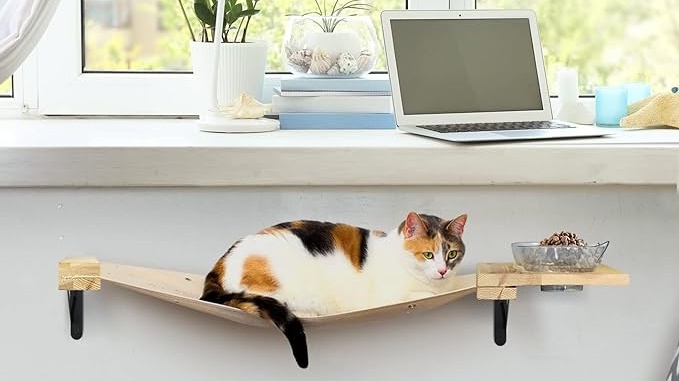
Younger cats may appreciate higher, more challenging routes, while older cats might benefit from lower shelves with easy access. You can also incorporate interactive elements like hanging toys or scratching posts to enrich the environment.
Tailoring your cat wall shelf to your cat’s preferences not only ensures their safety but also enhances their quality of life.
Safety transforms a simple cat wall shelf into a secure haven for your cat, blending fun with peace of mind. By focusing on safe materials, design, and regular maintenance, you can create a dynamic space that your cat will love and you can trust.
Remember, the joy of DIY is not just in the creation but in ensuring the safety and happiness of our furry companions.


Enhancing your cat’s indoor experience with a cat wall shelf not only provides them with a vertical space to explore but also serves as a

Cat wall shelf, a piece of furniture that transcends the ordinary, has become a staple in modern cat-friendly homes. These elevated platforms offer more than

The moment you bring a cat wall shelf into your home, you’re not just adding a piece of furniture; you’re creating an adventure playground for

Introducing a cat wall shelf into your home is not just an upgrade to your decor; it’s a leap towards a more engaging and fulfilling
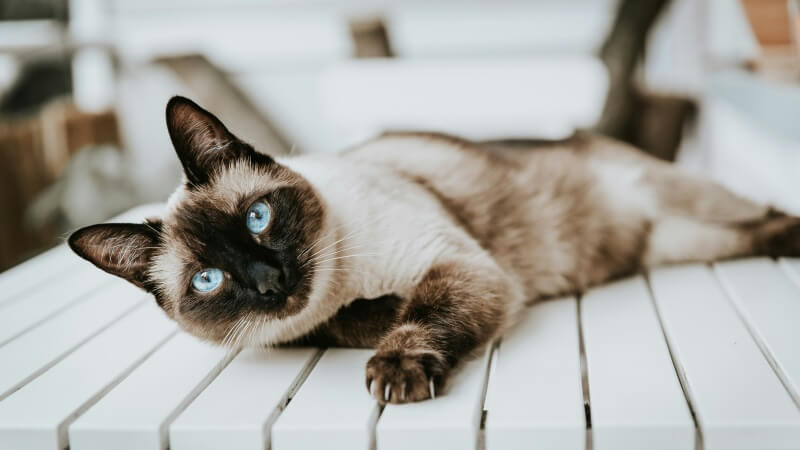
Enhancing your cat’s indoor experience with a cat wall shelf not only provides them with a vertical space to explore but also serves as a

Cat wall shelf, a piece of furniture that transcends the ordinary, has become a staple in modern cat-friendly homes. These elevated platforms offer more than

The moment you bring a cat wall shelf into your home, you’re not just adding a piece of furniture; you’re creating an adventure playground for
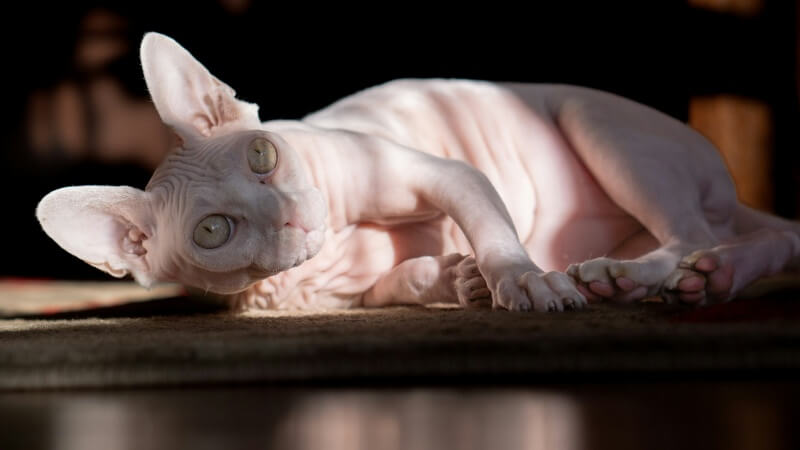
Introducing a cat wall shelf into your home is not just an upgrade to your decor; it’s a leap towards a more engaging and fulfilling
Copyright © 2024 catwallshelf. All Rights Reserved.